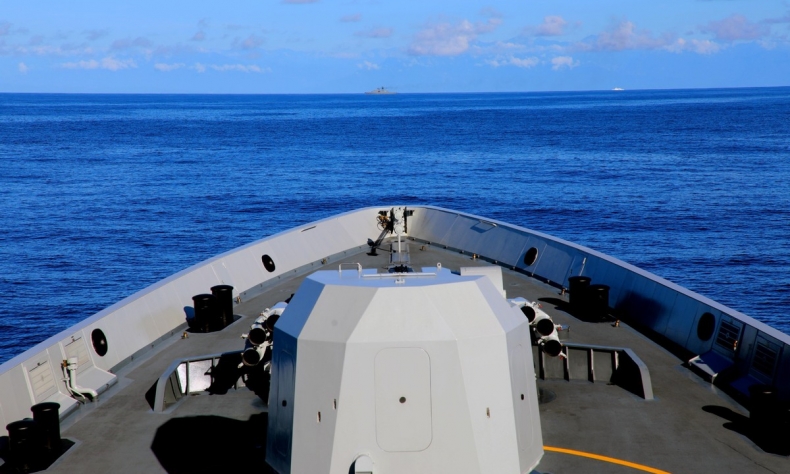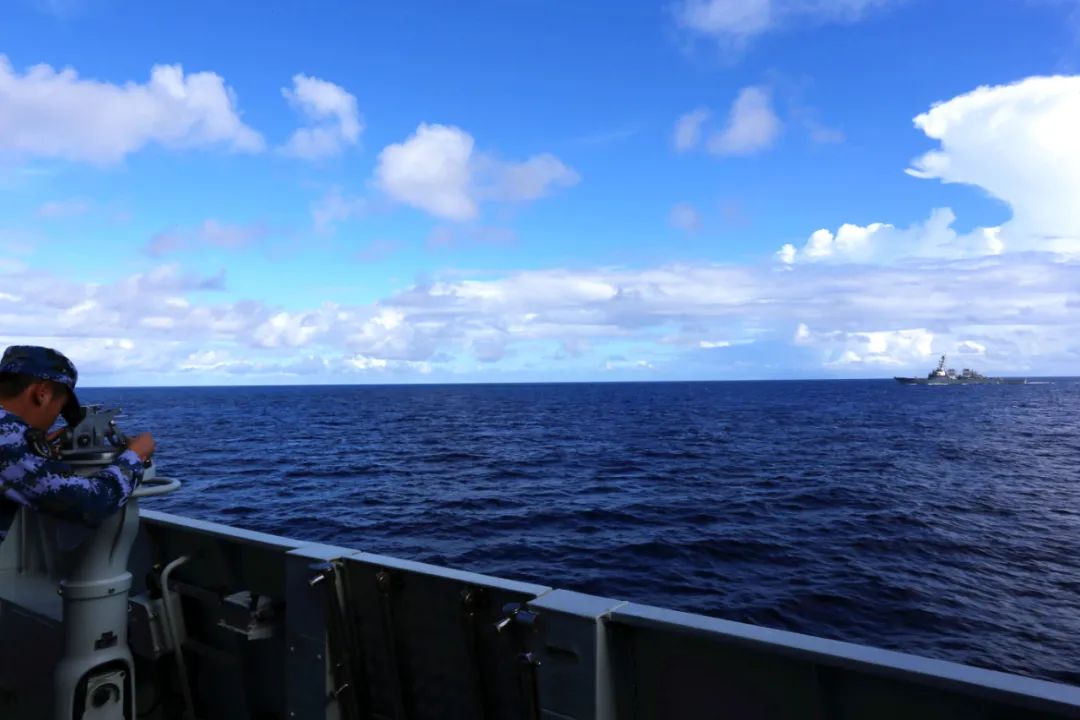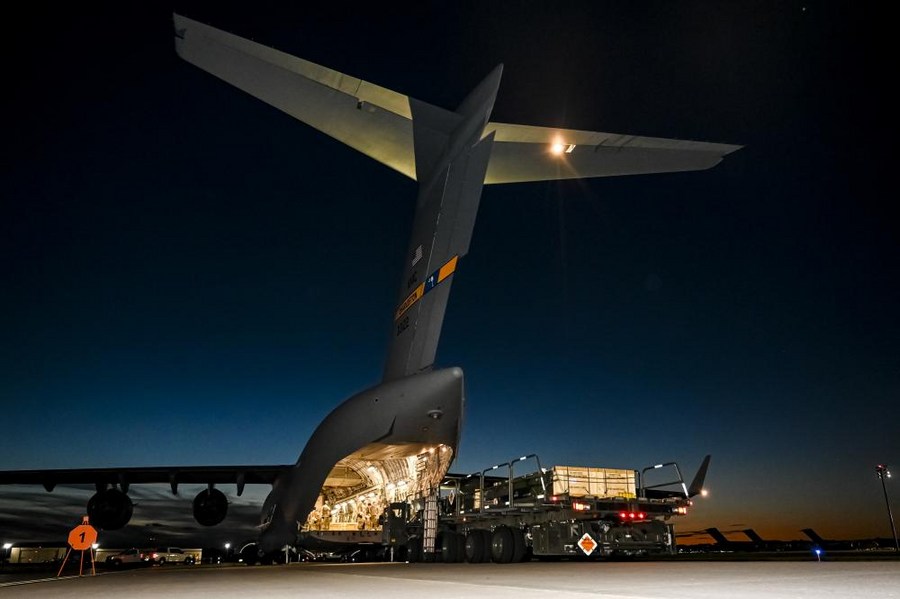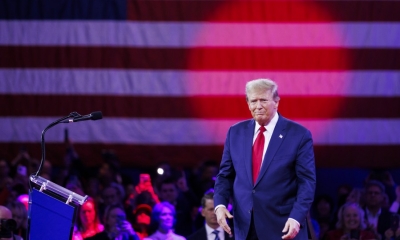Taiwan Strait Heats Up

Before it is too late, Washington must engage with China in a constructive manner to work out a modus vivendi based on the principles of peaceful coexistence.
Washington’s machinations in the Taiwan Strait increase regional tensions and are perceived by Beijing as provocations. The transit of two U.S. warships through the strait following the controversial Pelosi visit to China’s island of Taiwan was unnecessary.
The Taiwan Strait is some 110 miles wide and lies between Chinese mainland and its island of Taiwan. In the past, it was called the Formosa Strait, the Strait of Fujian, and the Black Ditch. There are a number of small islands in the strait some very close to the mainland’s Fujian province.
In 1683, the Qing dynasty destroyed the Zheng family regime, the remnant force of Ming dynasty in Taiwan island, and achieved the reunification of the mainland and the island. Since then, Taiwan became a prefecture of Fujian province. In 1885, the Qing dynasty formally established Taiwan province.
Ten years later, Japan annexed the island of Taiwan in 1895 as a result of its aggression in the first Sino-Japanese War (1894-1895). Allied victory in World War II liberated the island from Japan’s brutal rule and Taiwan was returned to China in 1945.
In 1949, as continuation of a Chinese civil war, the Taiwan Strait became the front line of the decades-long confrontation between Chinese mainland and the remnants of the Kuomintang regime in the Taiwan Island.
In 1955, during the Cold War, a so-called “median line” in the strait was invented by the United States. In 1999, Chinese mainland crossed over the line and has continued to disregard this imaginary line ever since.
Japan used Taiwan island as a key platform to attack Chinese mainland during World War II. U.S. policy to build up present day Taiwan’s military strength naturally recalls for many in China the evil legacy of Japanese militarism and Japan’s colonial rule in Taiwan.

Washington’s FONOPS
The United States’ 7th Fleet is based in Hawaii with the Pacific as its operational area. The fleet is charged with conducting so-called “Freedom of Navigation Operations” (FONOPS). The United States gave itself this self-serving mission in which it purports to uphold international law.
This propagandistic claim highlights Washington’s hypocrisy. The United States has refused to ratify the international convention pertaining to the law of the sea. The law of the sea is commonly associated with an international treaty, the “United Nations Convention on the Law of the Sea (UNCLOS)”, negotiated under the auspices of the United Nations, which was signed in 1982 by 117 States and entered into force in 1994. At present 133 States have signed and ratified UNCLOS.
According to the U.S. State Department, “DoD’s operational challenges, also known as ‘FON operations,’ and ‘FONOPs,’ are designed to challenge coastal state maritime claims that unlawfully restrict navigation and overflight rights and freedoms and other internationally lawful uses of the sea related to these freedoms guaranteed in international law as reflected in the 1982 Law of the Sea Convention.”
The State Department describes the self-appointed U.S. role as global policeman of the seas stating that “The comprehensive, regular, and routine execution of these operations complements U.S. Department of State efforts to abide by and uphold international law.”
Additionally, the State Department says that “These efforts include U.S. foreign assistance to strengthen international maritime law and U.S. diplomatic engagements to call on coastal states to bring unlawful maritime claims into conformance with international law.”
The U.S. established its Freedom of Navigation Program in 1979 during the Carter Administration. It was reaffirmed in 1983 by the Reagan administration and its Ocean Policy Statement and has continued in subsequent administrations.

The United States refuses to ratify the United Nations Convention on the Law of the Sea but poses as the defender of international law. This U.S. role was not given to it by the United Nations but Washington arrogated to itself this global policeman role.
So what about U.S. FONOPS and the Taiwan Strait?
The United States reportedly conducted one FONOP directed at “excessive Chinese maritime claims” in 2015, three in 2016, four in 2017, six in 2018, eight in 2019, and nine in 2020, although the number of actual FONOPs may be higher than those publicly reported.
Speaking out of both sides of its mouth the U.S. at times plays down its Taiwan Strait activity by claiming that the transit of the strait is “innocent passage” through an international waterway.
“A Taiwan Strait transit is not a freedom of navigation operation. Freedom of navigation operations challenge excessive maritime claims, while Taiwan Strait transits simply exercise the rights of all ships to pass through an international waterway,” Lt. Mark Langford, deputy public affairs officer for the U.S. 7th Fleet has said.
Beijing naturally questions the “innocent” nature of the passage and holds its own legal position on the matter. Meanwhile the United States refuses to ratify UNCLOS.
War clouds on the horizon?
Increasing tensions over China’s island of Taiwan cause some observers to worry about increased risks of war between China and the U.S.
As the world has seen, Washington is hysterical over Ukraine and has for many years supported the military buildup there so as to threaten and challenge Russia. This massive military support by the U.S. and NATO over the years was billed as a “deterrent” to Russia.
The so-called U.S. and NATO “deterrence” policy cloaked a war policy that now tragically has unfolded this year.
The Ukraine war sponsored by the West follows from Western strategic doctrine. Today, the longstanding U.S. and NATO policy of “containment” is being applied on the western flank of the Eurasian with a vengeance.

But the containment doctrine also includes the eastern flank of the Eurasian landmass. Thus, the encirclement of China is undertaken by the West. This encirclement is implemented unilaterally by the U.S. through its vast military base infrastructure as well as through various defense treaty arrangements.
The recent mechanisms of the longstanding Western containment policy include the “Indo-Pacific” strategic concept and the Quad alignment of the U.S., Japan, Australia, and India. India has had close relations with Russia for decades and this raises the question for Washington as to how reliable an ally India will be in the future.
So, new military alignments are organized by Washington such as the Australia, UK, U.S. (AUKUS) alignment. Furthermore, NATO has taken off its mask and has proclaimed a global role for itself as a “Global NATO”.
Not a few observers have remarked that the NATO alliance, an alliance of the white race, is now positioned globally against non-white races. This brings to mind Professor Samuel Huntington’s “Clash of Civilizations” thesis.
Hawks in the U.S. openly promote a future war against China. The U.S. government is preparing for a war contingency against China, according to unclassified official U.S. national security and defense strategy documents. Currently, there is an open debate about whether the U.S. should launch a war against China before China reunifies the mainland and Taiwan.
That the U.S. and NATO prepared over time and then launched a proxy war against Russia using Ukraine raises the issue about a similar scenario against China using Taiwan. Of course, the war in Ukraine is tragic and so would be a war over Taiwan.
The U.S. and NATO since 1991 refused serious diplomacy with Russia to find a modus vivendi and to work together to build a new sustainable security architecture for Europe.
We see the same pattern today with China. Before it is too late, Washington must engage with China in a constructive manner to work out a modus vivendi based on the principles of peaceful coexistence.
The article reflects the author’s opinions, and not necessarily the views of China Focus.
 Facebook
Facebook
 Twitter
Twitter
 Linkedin
Linkedin
 Google +
Google +







